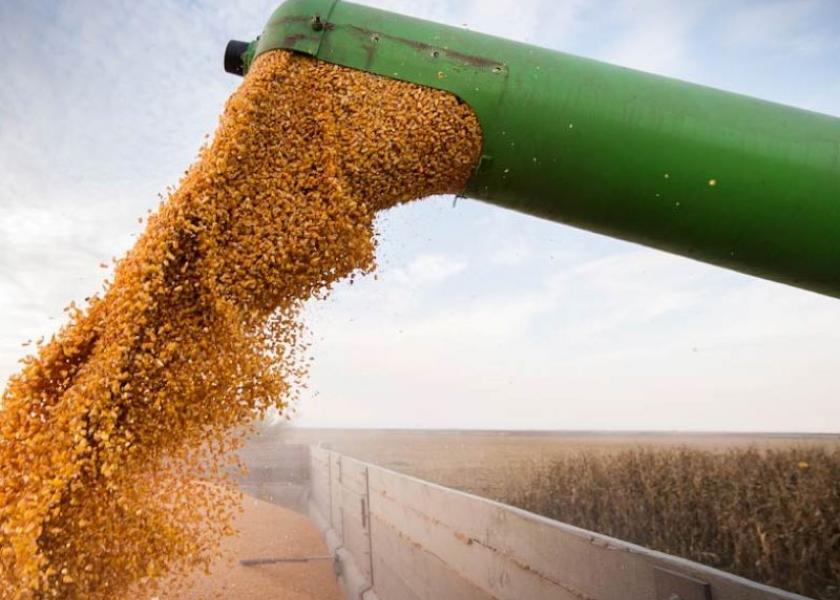USDA's Reports Had an Even Bigger Surprise Than the 1.6 Million Acre Drop In Corn, and It Deals with Demand

USDA’s January reports last week sent some supply shocks to the market. The agency penciled in a 1.6 million-acre-drop to U.S. unharvested corn acres. The adjustment took the market by surprise as to where those acres went.
“Listen, we can talk whether it's an error, whether it was an error in November or October or January? We're not certain,” says Dan Basse of AgResource Company. “But we're going to take the USDA number as it is, it's the final number. So, until we get to revision, maybe next September, it's a number we have to live with.”
Basse admits the 1.6-million-acre drop was a surprise to him, but the bigger question for Basse is on the demand side.
“The demand side of the equation is not good,” says Basse. “But we got a supply side now that's at least going to underpin the breaks until we get some better weather in Argentina,” says Basse.
USDA's demand changes include:
- Lowered corn demand by another 150 million bushels
- USDA’s cut corn exports 55 mb
- Feed and Residual cut by 25 mb
- A cut to soybean export demand by 55 mb
- Trimmed soybean residual use by 4 mb
The demand adjustments were also a big takeaway for Peter Meyer of S&P Global Commodity Insights. He points out there’s a strong correlation between supply loss and reductions to demand.
“The biggest takeaway for me is the consistent relationship between lost supply and lost demand when compared to the previous year,” says Meyer. “The correlation in corn stood at 88.5% in January. We have done studies on this correlation with the average being around that 88% for the past 22 years. In soybeans, the correlation was 66% in January, lower than the historical relationship.”
Meyer says the bottom-line is the demand figures are troubling, even though the market seemed to have a positive reaction to USDA’s adjustment in supplies. He says USDA’s figures show a loss of demand, but did the agency go far enough in the latest report?
“I think USDA definitely ripped the band aid off of the corn export number, for sure,” says Meyer. “I was a little bit surprised that they lowered soybean exports, but, as far as what we were looking at for that, if you looked at the historical trend, moving forward on corn exports, 1.95 is a solid number. But again, I go back to my opening comment, and I believe that some of this some of these demand numbers were backed into based on the historical relationship between last supply and last demand,” says Meyer.
Read More:
USDA Now Says The U.S. Lost 1.6 Million More Acres Of Corn In 2022, Where Did They Go?







